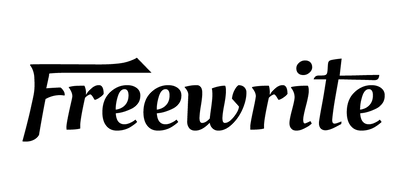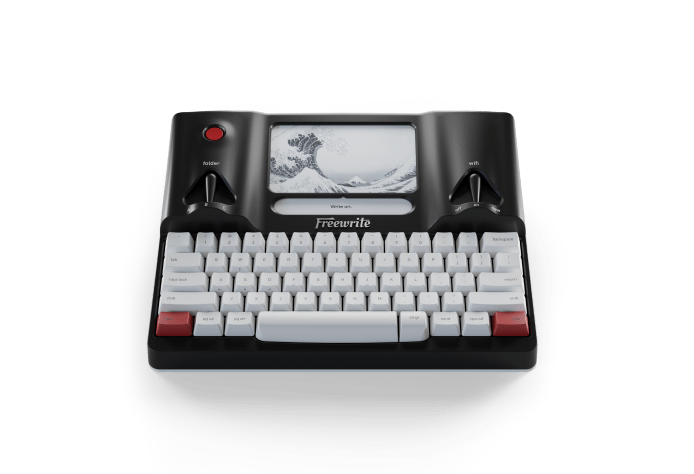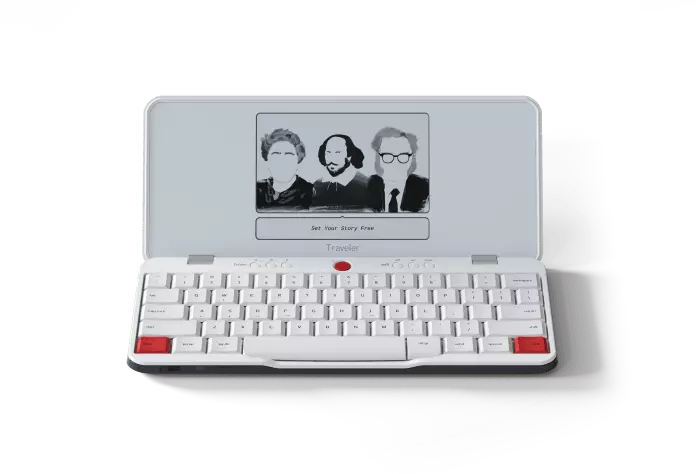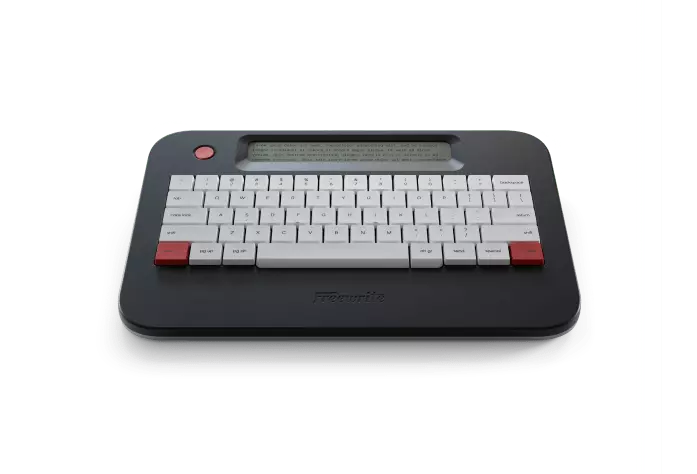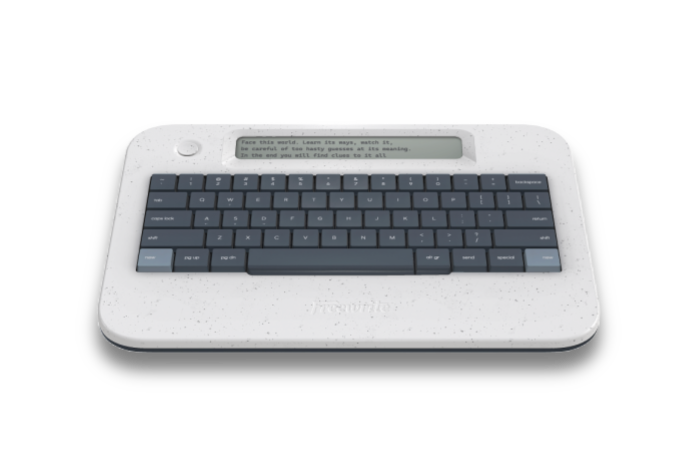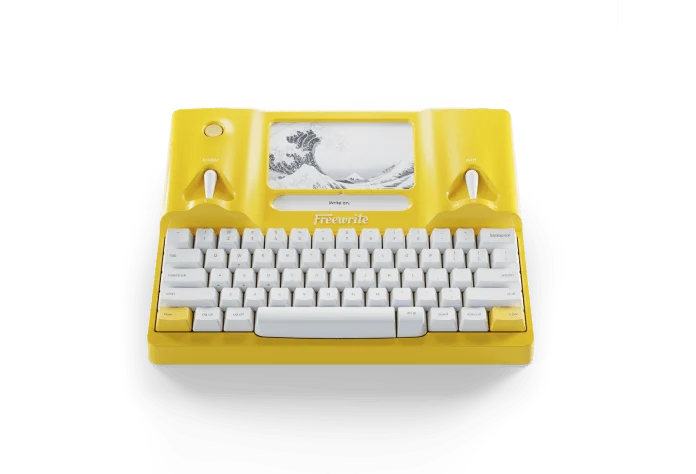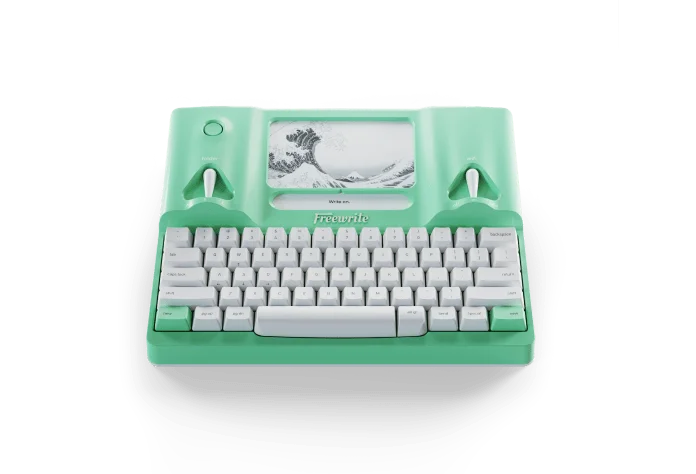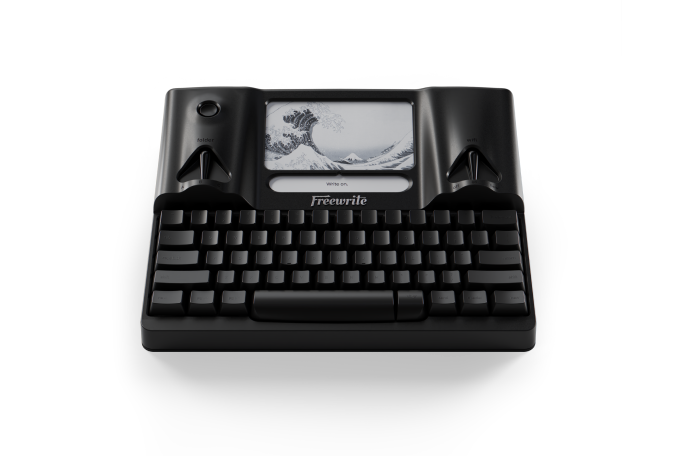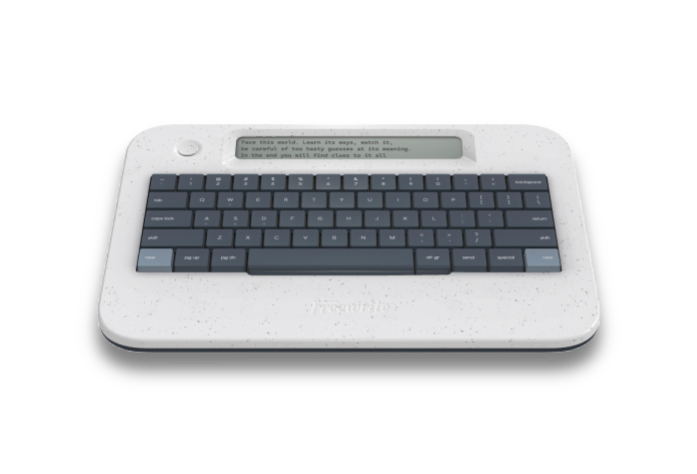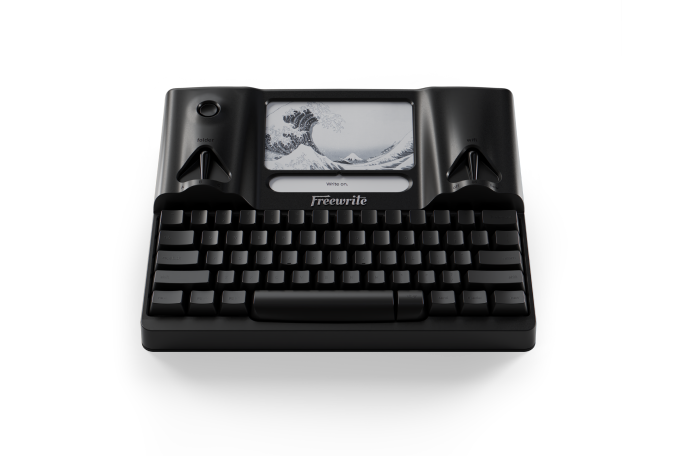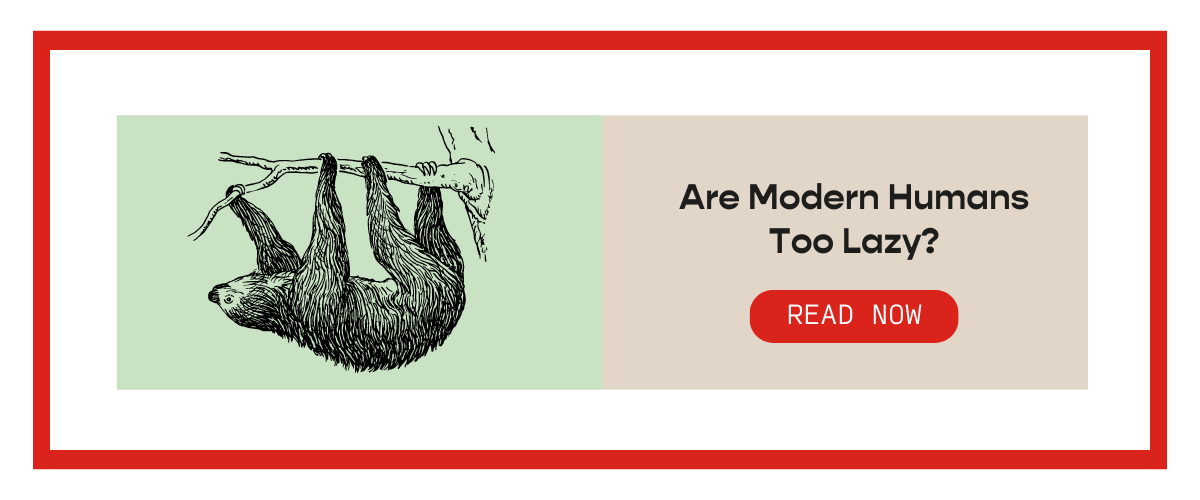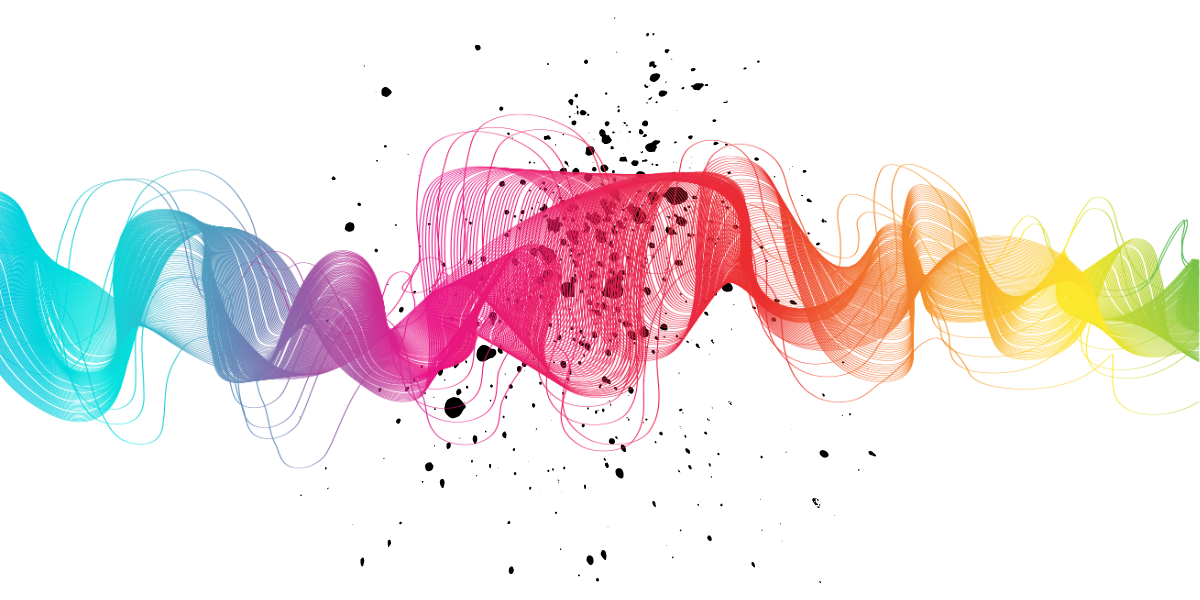“All the great stories have already been told” is a sentiment many authors have had at 11 p.m. (often over a glass of wine) after nixing yet another draft.
It can feel impossible to produce an original take in the age of the Internet, social media, and AI. And there may be some truth behind the sentiment.
Researchers have confirmed that we’re approaching unknown territory: a creativity crisis.
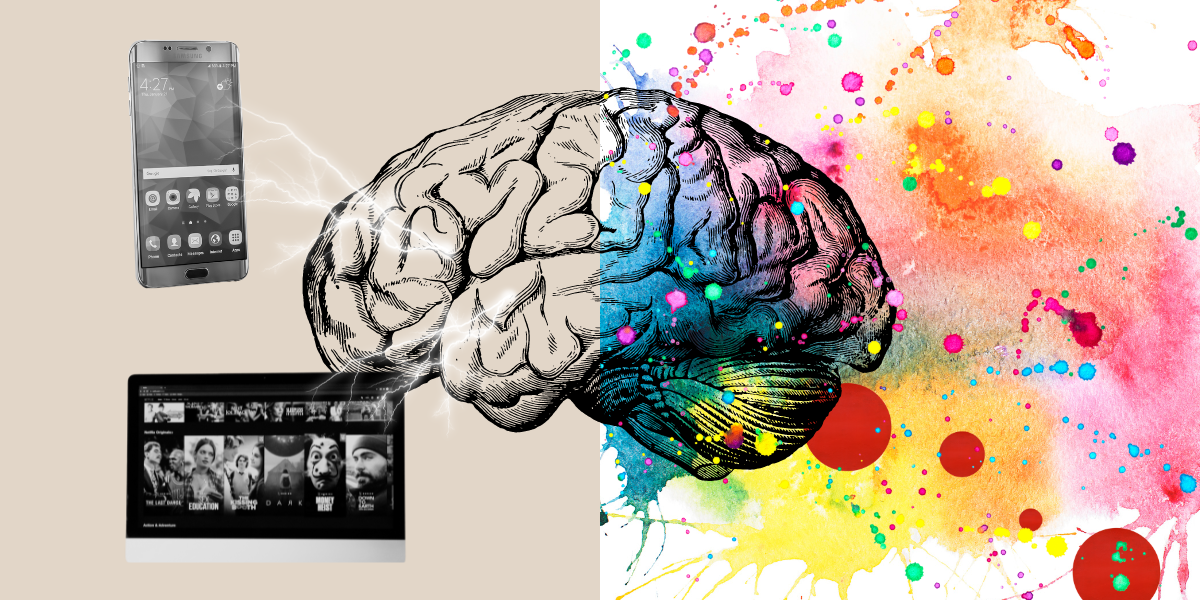
The Warning Signs
Creativity can show up in many different forms, so it can be difficult to measure a person’s “creative competency.” However, one widely accepted way to gauge a person’s creativity is through the Torrance Tests of Creative Thinking.
Given to tens of thousands of students since its development in the 1960s, the tests have been able to predict creative success three times more accurately than IQ tests.
So what can we learn from nearly 60 years’ worth of data? Well, according to a study completed by William & Mary University, we’re not moving in the right direction. In 1990, there was a marked decrease in test scores, with sixth grade seeming to be the average age of the decrease.
Why this sudden drop in creativity? The timeline suggests that there may be another factor at play.
The Loss of Boredom
If you compare a child’s summer today versus thirty years ago, they may appear to exist on different planets. In the past, summer vacations were filled with creating cardboard homes for dolls, climbing trees in the backyard, and … well, being bored.
That’s right. Back in the day, you were (almost) excited to go back to school because there was nothing fun left for you to do at home.
Compare that to today’s children, who are inundated with pre-packaged entertainment — whether that be a high-tech toy, Dad’s iPad, or watching that Bluey episode for the eighth time.
Adults don’t get a pass from this constant need to be stimulated, either. If we happen to have a free moment (which in itself is rare for many), those minutes are filled with scrolling social media or watching that Friends episode for the eighth time.
Gone are the days of twiddling our thumbs — those digits are far too occupied on our phone’s keyboard nowadays.
This overstimulation and near extinction of boredom has more consequences than we may realize. Our brain never gets a chance to take a break.
Within this context, it’s no wonder that our creativity isn’t as strong as it used to be. To begin to shift back toward an inventive mindset, then, it can be helpful to allocate time to let your mind wander. Take a page from Albert Einstein’s book — he’d spend hours simply floating on his sailboat, allowing his mind to drift and marinate ideas.
While not all of us have sailboats at the ready, these “bored” periods can be quite simple. You can take a long walk with no headphones, letting your thoughts flow freely. Or you can spend an extra few minutes in the shower.
After these restful experiences, your mind will likely be ready for some stimulation — which is where our next recommendation to build your creativity muscle comes into play.
Creativity Is “Just Connecting Things”
One of the most creative minds in recent history was Steve Jobs. He took innovation to the disruption level, forever changing how people looked at computers, music, and cellular devices.
In a 1996 interview with Wired, Jobs touched on what creative thinking meant to him:
This is an important aspect of creativity to acknowledge. There isn’t a button to turn it on and off at the drop of a hat. It happens naturally, often without really trying.
But there are active choices we can make to help that natural process happen more fluidly and frequently.
Seeking Out New Experiences
UX Designer Kelly Smith takes Jobs’ “connecting” idea a step further by having us imagine that our minds have a wall full of a thousand dots, each representing a piece of knowledge we’ve learned. Each connection between dots represents a creative thought.
After a while, we’ll have created as many unique combinations as possible. But, if we add even one more dot — one new nugget of information or experience — we’ve just unlocked dozens of previously unavailable patterns.
And here lies the second way to boost our creative juices: introducing ourselves to new experiences and different perspectives.
As Jobs says, the most successful creative people “were able to connect experiences they've had and synthesize new things … A lot of people in our [tech] industry haven't had very diverse experiences. So they don't have enough dots to connect, and they end up with very linear solutions without a broad perspective on the problem.”
It’s no secret that some of the most successful creative people are incredibly well-rounded in their interests and hobbies. Academy Award-winning actress Susan Sarandon loves ping pong so much that she co-founded a thriving business of ping pong bars. Then there’s Mark Zuckerberg, co-founder of Facebook and apparent skillful mixed martial arts (MMA) fighter.
Even some of the products we use every day were invented from people who enjoyed a wide variety of experiences. For example, George de Mestral was a Swiss engineer who enjoyed hiking in the Alps. After a hike, he was curious how the burrs stuck to his dog’s fur. Looking at the plant’s hooks under a microscope inspired him to replicate the process: in the form of VELCRO.
If we want to improve our creativity, then, we can actively work to add new dots to our mind’s wall. Think of any hobbies you’ve been thinking of trying out, but haven’t. Could you schedule a time to give it a shot?
Even if you don’t pursue it forever, you’re creating new possibilities for combinations between your knowledge points. You’re setting your mind up for creative success.
Finding Inspiration in All Parts of Life
Creating fresh mental dots isn’t reserved for only hobbies and free time. Aspiring writers can rest easy knowing that the jobs that pay the bills can also benefit their creative process. This was the case for the legendary Stephen King, whose first book Carrie was inspired after cleaning the girl’s locker room during his stint as a school janitor.
John Grisham also pulled on his experience as a lawyer when he shifted careers to write crime thrillers full-time (and we’ve all seen how well that worked out for him).
(Read writer Michael Archambault's method of taking your brain on "dates" to improve your writing.)
Trying new hobbies, drawing from past job experiences, and carving out time to be bored are all effective ways to start growing your creative potential.
After all, if Einstein could find the time to do nothing, we surely can too.
